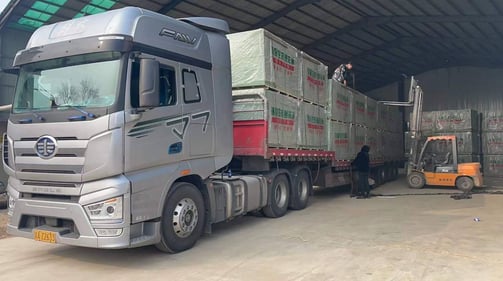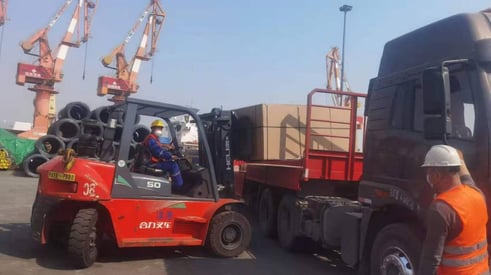Our services
Product Sourcing:
Is the process of identifying, evaluating, and acquiring products from suppliers to meet a company's specific needs.
Identify Needs: Determine the types of products required based on market demand and business goals.
Research Suppliers: Find potential suppliers through trade shows, online directories, and industry networks.
Evaluate Suppliers: Assess suppliers based on criteria such as quality, reliability, pricing, and capacity.
Negotiation: Engage in discussions to agree on price, terms, delivery schedules, and other conditions.
Place Orders: Finalize agreements and issue purchase orders to secure products.
Quality Control: Monitor production and perform quality checks to ensure products meet specifications.
Logistics Coordination: Manage the shipping and delivery process to ensure timely arrival and compliance with regulations.
Supplier Relationship Management: Establish ongoing communication with suppliers for feedback, issue resolution, and future sourcing needs.
This streamlined approach ensures businesses can efficiently source products that align with their operational requirements and market demands.




Logistics Services:
Involves the planning, execution, and management of the flow of goods and services across international borders.
Planning: Develop a comprehensive logistics strategy that includes routes, modes of transport, and timelines to optimize efficiency.
Supplier Coordination: Work closely with suppliers to ensure timely production and adherence to delivery schedules.
Transport Management: Select appropriate transportation methods (air, sea, land) and carriers based on cost, speed, and reliability.
Customs Compliance: Ensure compliance with international trade regulations, tariffs, and customs documentation to facilitate smooth border crossings.
Warehousing: Manage inventory storage in strategically located warehouses to ensure products are readily available for distribution.
Tracking and Visibility: Implement technology solutions for real-time tracking and visibility of shipments throughout the supply chain.
Risk Management: Identify potential risks (e.g., delays, damage, loss) and develop contingency plans to mitigate them.
Delivery and Distribution: Oversee the final delivery process to end customers, ensuring products arrive on time and in good condition.
By integrating these components, global logistics ensures efficient supply chain operation and enhances overall customer satisfaction.
Contacts
Socials
Subscribe to our newsletter
+63 966 886 1112
Business Hours:
Mon-Sat: 9am-5pm


